
A 14th-century manuscript illumination shows goods being hauled onto a boat. International trade served to fuel the spread of the Black Death across Europe
The boats that docked in T 14th-century Europe's bustling ports brought with them a dizzying array of exotic goods: furs from Russia, nutmeg from southeast Asia, sapphires and rubies from the Indian subcontinent. Yet in this increasingly globalised world, merchants also carried a commodity that you couldn't buy over the counter: news. And in 1348, that news began to send waves of anxiety pulsing across the continent.
Sailors arriving from the far east, India and western Asia brought with them apocalyptic visions of death and suffering on an unprecedented scale. Soon, tales of worms with eight legs dropping from heaven and killing thousands with their stench, and of a contagious smoke striking hordes of people dead, were filling Europeans with a deep sense of unease. These were fantastical tales indeed. Yet, at their heart, lay a hellish truth: a terrible pestilence was beating a relentless path westwards. From Venice to Vienna, Dubrovnik to Dublin, the people of Europe knew the grim fate that awaited them as the plague closed in. Worse still, they knew there was little they could do about it.
A painting by the Baroque artist Giuseppe Maria Crespi depicts a scene of desperation in Siena
When the Black Death did wash up on Europe's shores, it would prove every bit as vicious as the rumours had anticipated. It's estimated that, by the time it had finished raging across the continent in 1353, plague had killed well over 30 per cent of the total population.
This story is from the {{IssueName}} edition of {{MagazineName}}.
Start your 7-day Magzter GOLD free trial to access thousands of curated premium stories, and 9,000+ magazines and newspapers.
Already a subscriber ? Sign In
This story is from the {{IssueName}} edition of {{MagazineName}}.
Start your 7-day Magzter GOLD free trial to access thousands of curated premium stories, and 9,000+ magazines and newspapers.
Already a subscriber? Sign In
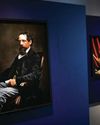
'Dickens's evocation of the fears, excitement and confusion of childhood is peerless'
DR LEE JACKSON ON WHY CHARLES DICKENS REMAINS RELEVANT TODAY
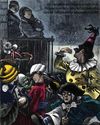
THE AUTHOR GOES ABROAD
Dickens expanded his horizons and boosted his fan-base by venturing overseas - but global fame came with a cost
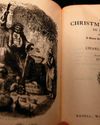
REVIVING THE FESTIVE SPIRIT
A Christmas Carol wasn't just a bestseller - it changed the way that Britons chose to mark the festive season

GIVING THE POOR A VOICE
From Hard Times to Oliver Twist, Charles Dickens used his pen to help illuminate the lives of the less fortunate
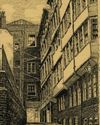
A JOURNEY THROUGH DICKENS'S LONDON
The works of Charles Dickens are synonymous with visions of Victorian London. We talk to Dr Lee Jackson about the author's love of the capital, and the locations that most inspired him
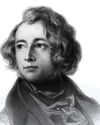
EXCEEDING EXPECTATIONS
Dr Lee Jackson chronicles Charles Dickens's journey from down-at-luck teenager to titan of Victorian literature

GIFTS, TREES & FEASTING
We take a journey through the photo archives to reveal how Christmas and its many traditions have been celebrated over the years - and around the world
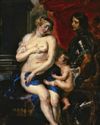
WHAT GREAT PAINTINGS SAY
We explore the story behind an allegorical painting that celebrates the triumph of love over hate, peace over war
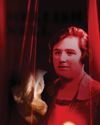
HELLISH NELL
Malcolm Gaskill delves into the life of Helen Duncan - the fraudulent Scottish medium whose ectoplasm-filled seances saw her ending up on the wrong side of the law

7 THINGS YOU (PROBABLY) DIDN'T KNOW ABOUT THE WHITE HOUSE
Presidential historian Dr Lindsay M Chervinsky reveals some of the most surprising facts about the world-famous US residence